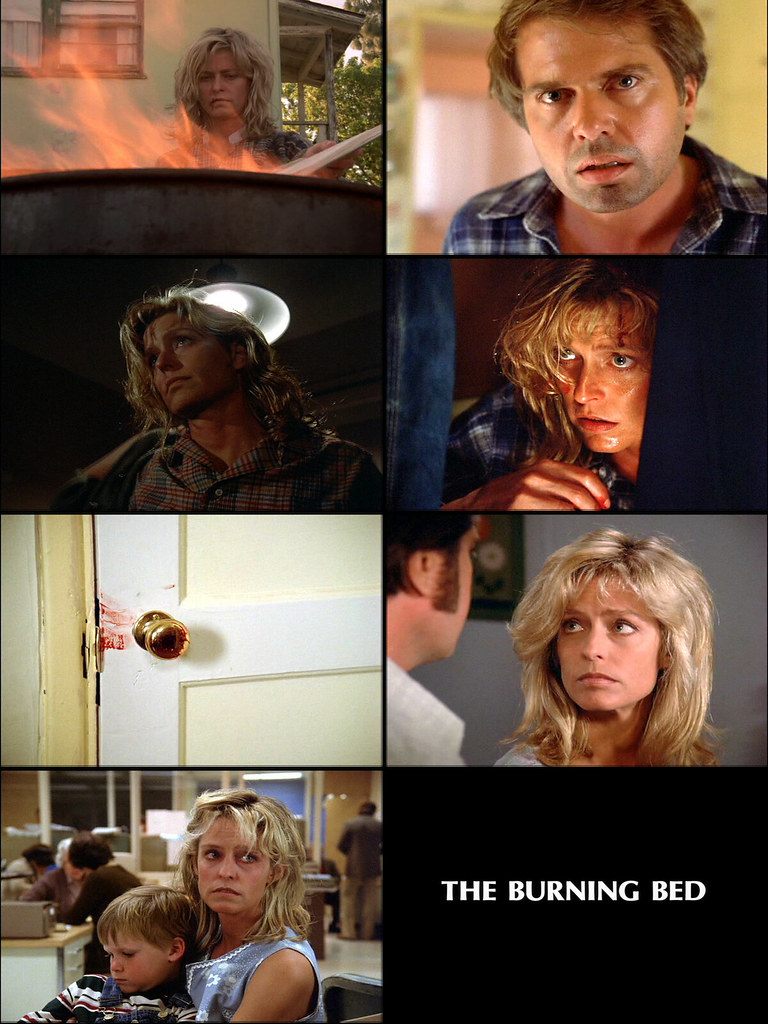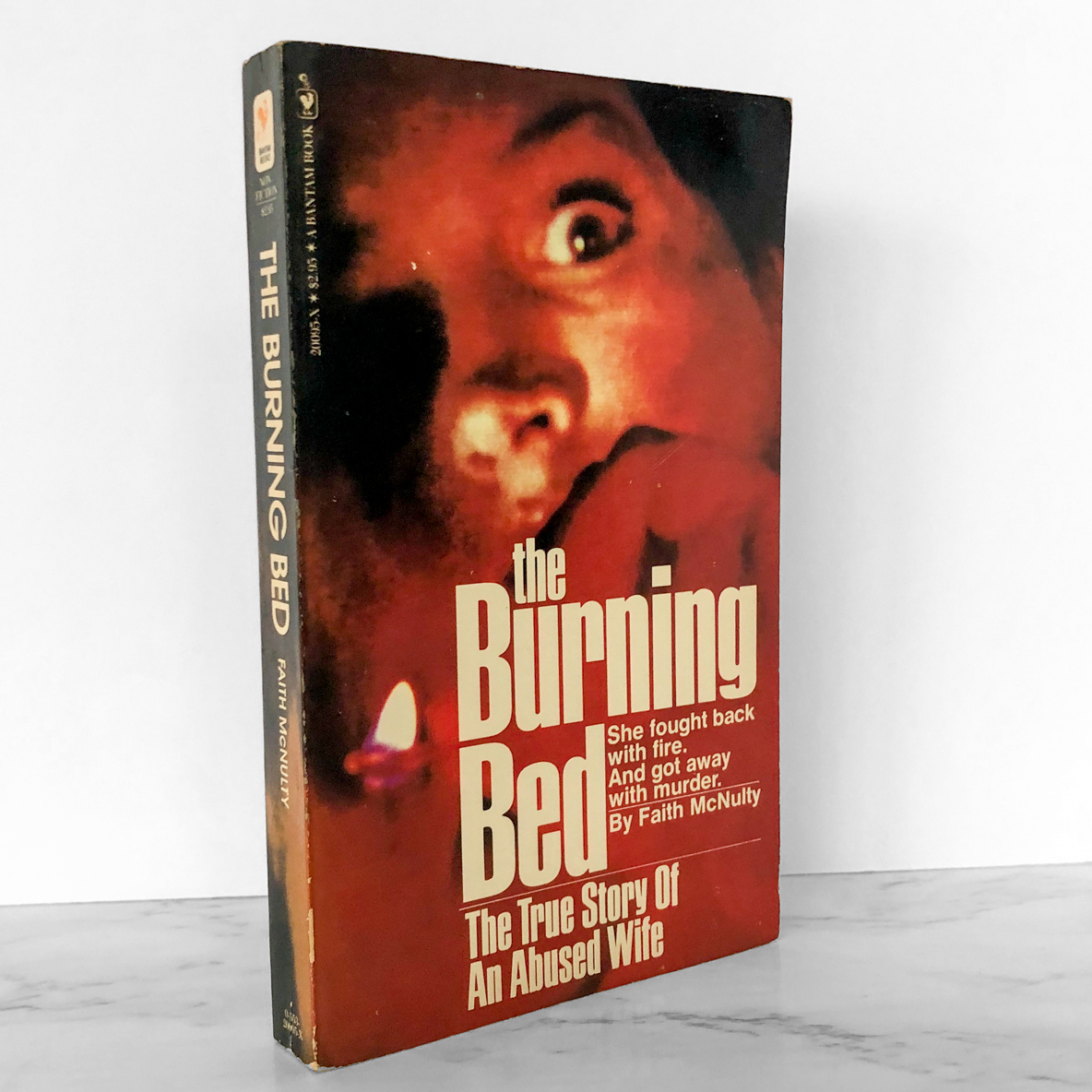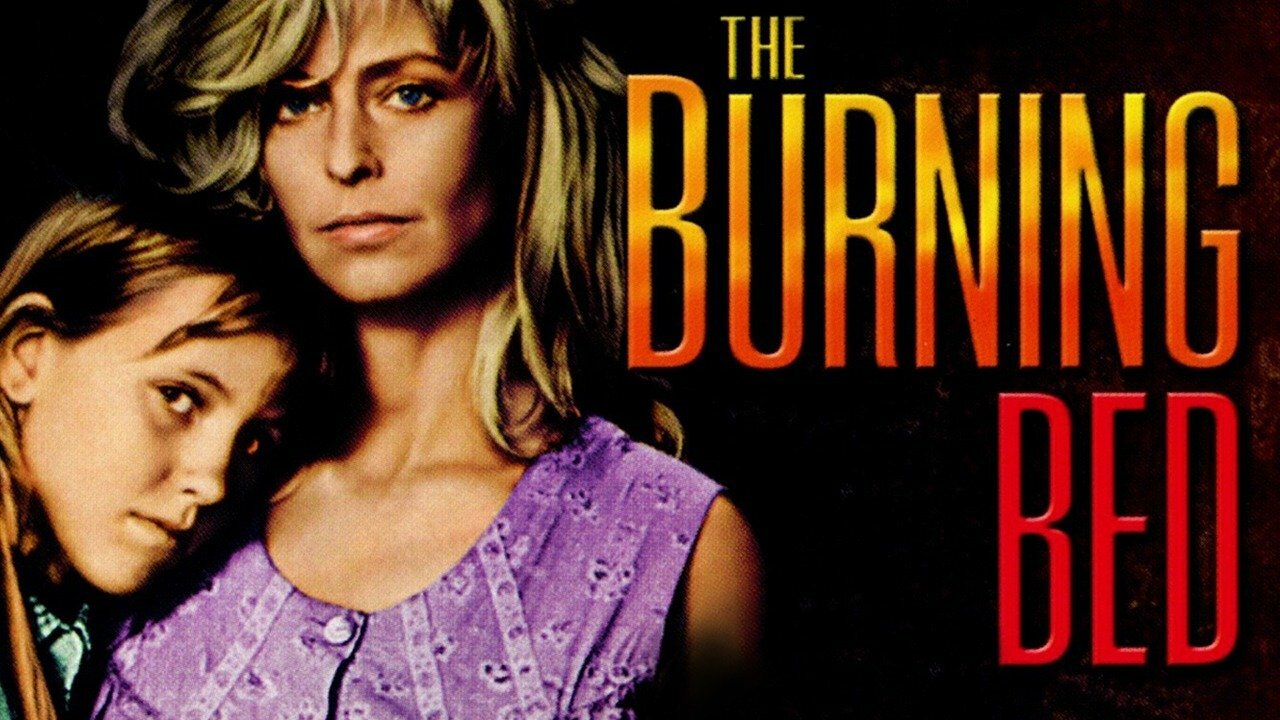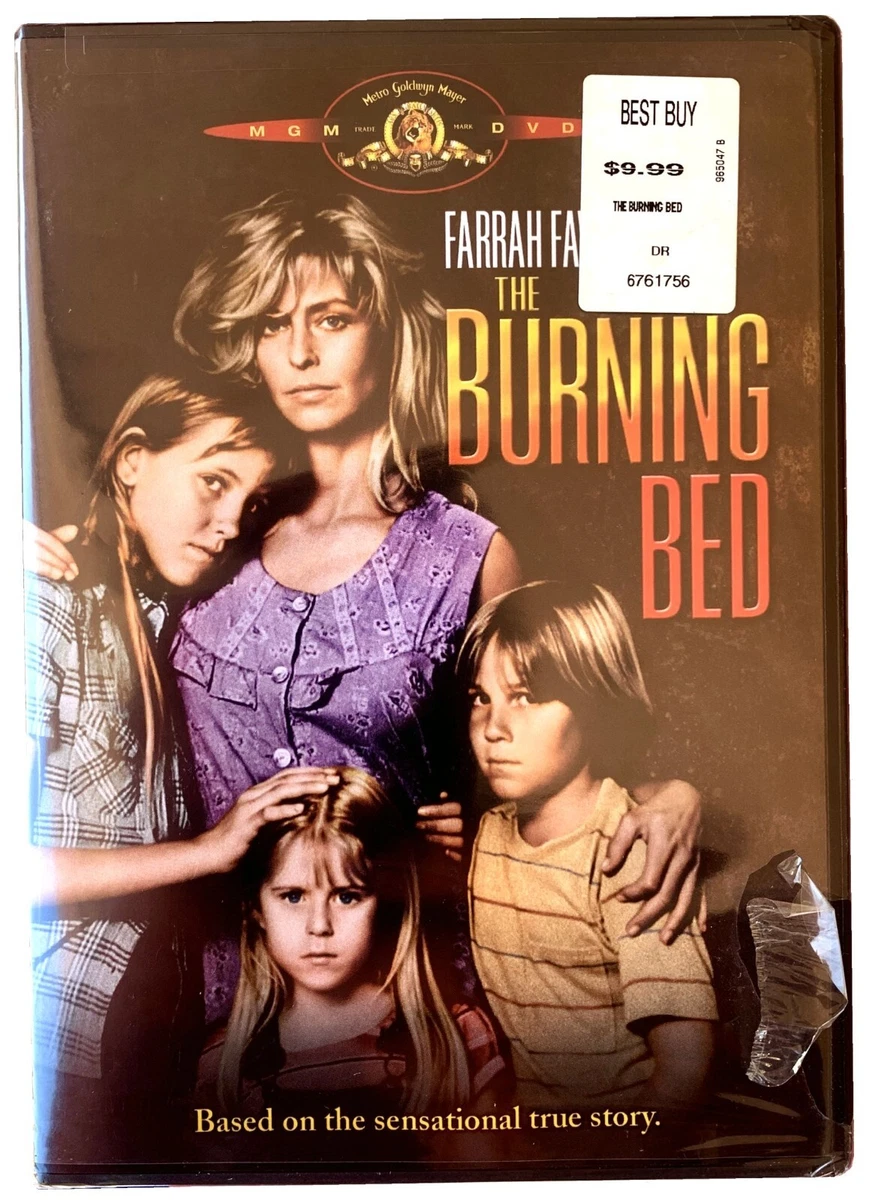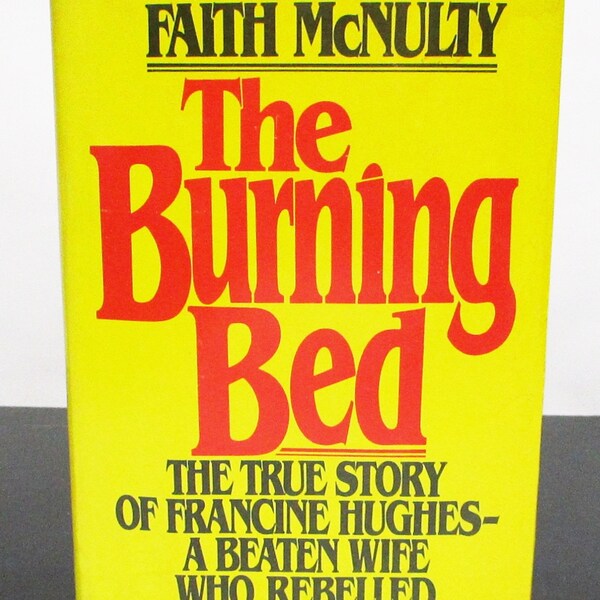Is The Burning Bed A True Story

Imagine a quiet suburban night, the kind where crickets chirp and the air hangs heavy with the scent of honeysuckle. But behind the closed doors of one seemingly ordinary home, a storm was brewing, a tempest of domestic violence that would soon erupt in a blaze that captured the nation's attention. The story of Francine Hughes and the events that led to "The Burning Bed" remains a chilling and complex chapter in the ongoing struggle against domestic abuse.
At the heart of this saga lies a question that continues to resonate decades later: how much of the story is fact, and how much is fiction? This article delves into the true story behind "The Burning Bed," separating the documented events from the dramatized narrative, and exploring the profound impact this case had on shaping our understanding of domestic violence and self-defense.
The Real Francine Hughes
To understand the controversy surrounding "The Burning Bed," one must first understand the life of Francine Hughes. Born in Michigan in 1947, Francine endured a childhood marked by instability and hardship. This early exposure to adversity likely contributed to the patterns of relationships she would later find herself in.
Her marriage to James "Mickey" Hughes began with promise but quickly deteriorated into a cycle of abuse. Mickey was described as charismatic yet volatile, and his behavior towards Francine became increasingly controlling and violent. Reports from the time detail a pattern of physical and emotional abuse that escalated over the course of their relationship.
The abuse was not a sporadic occurrence but a constant presence in Francine's life. She endured beatings, verbal degradation, and constant threats. This environment of fear and intimidation took a significant toll on her mental and emotional well-being.
Escalation and the Breaking Point
Despite her efforts to escape the relationship, Francine found herself trapped in a web of financial dependence and fear. Divorce was difficult to obtain, and societal attitudes towards domestic violence often left victims feeling isolated and unsupported. She repeatedly sought help from authorities, but the responses were often inadequate.
The night of March 9, 1977, marked a turning point. After another brutal beating, Francine reached a breaking point. Overwhelmed by years of abuse and fearing for her life and the lives of her children, she made a fateful decision.
While Mickey was sleeping, Francine poured gasoline around his bed and set it on fire. He died as a result of the fire, and Francine was subsequently arrested and charged with murder. This act would forever change her life and spark a national debate.
The Trial and its Aftermath
The trial of Francine Hughes became a media sensation. The defense argued that Francine was suffering from battered woman syndrome, a psychological condition that can develop in victims of prolonged domestic abuse. This defense aimed to explain her actions as a form of self-preservation in the face of imminent danger.
The concept of battered woman syndrome was relatively new at the time. The case brought increased awareness to the psychological effects of domestic violence on victims. Expert testimony played a crucial role in helping the jury understand Francine's state of mind.
After a highly publicized trial, the jury found Francine Hughes not guilty by reason of temporary insanity. This verdict was a landmark decision that acknowledged the impact of domestic violence on a victim's ability to make rational decisions.
"The Burning Bed": Fact vs. Fiction
The 1980s television movie "The Burning Bed," starring Farrah Fawcett as Francine Hughes, brought the story to a wider audience. While the movie aimed to depict the realities of domestic violence, it also took certain creative liberties with the facts of the case. Some critics argued that the movie sensationalized the violence, while others praised it for raising awareness about a critical social issue.
The movie’s portrayal of Mickey Hughes was particularly controversial. Some argued that it painted him as a purely evil figure, neglecting any nuance in his character. Others felt that the depiction of his violence was necessary to convey the severity of Francine's suffering.
While the film did bring the issue of domestic violence to the forefront, the dramatization made it difficult to discern complete truth. The emotional impact of the film sometimes overshadowed the need for factual accuracy.
The Lasting Impact
Despite the controversies surrounding "The Burning Bed," its impact on the awareness and understanding of domestic violence is undeniable. The case and the movie sparked a national conversation about the issue, leading to increased support for victims and reforms in the legal system.
The case helped to legitimize the use of battered woman syndrome as a legal defense. It also encouraged the development of shelters and support services for victims of domestic violence. The ripple effects of this case continue to be felt today.
The story of Francine Hughes serves as a reminder of the devastating consequences of domestic abuse. It also highlights the importance of providing support and resources to victims so they can escape violent relationships safely. The need for continued awareness and action remains as pressing as ever.
Reflecting on the Legacy
The story of "The Burning Bed" is not just a story about violence; it's a story about survival, resilience, and the complexities of human relationships. It forces us to confront uncomfortable truths about the pervasive nature of domestic abuse and the societal factors that contribute to it.
While the movie may have taken some liberties with the facts, it succeeded in opening a national dialogue about a hidden epidemic. The legacy of Francine Hughes is one of courage and the ongoing fight for justice for victims of domestic violence.
Ultimately, the true story of "The Burning Bed" is a testament to the enduring human spirit. It inspires us to create a world where no one has to suffer in silence and where victims of abuse can find safety, support, and the opportunity to rebuild their lives.




